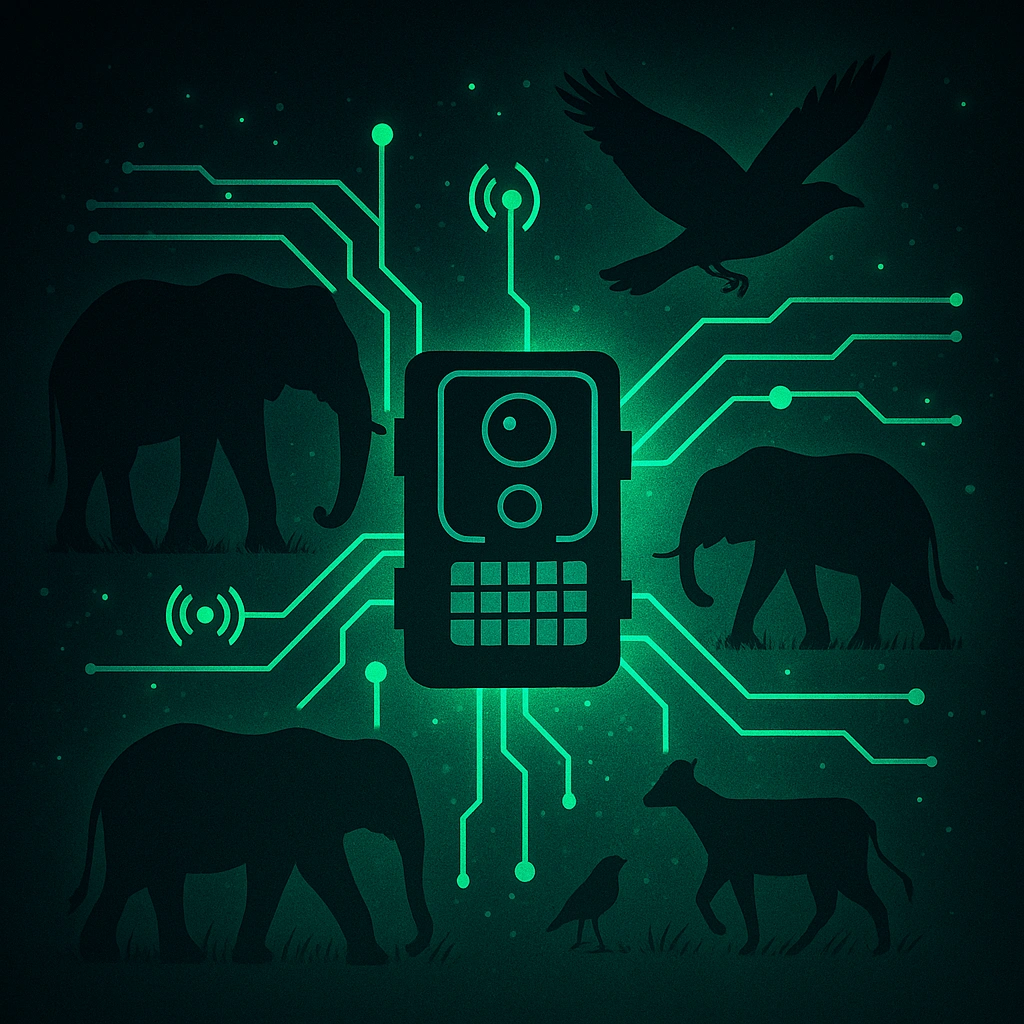
Smart Wildlife Monitoring & Conservation
Protecting wildlife requires seeing without disturbing. Artificial intelligence makes this possible by powering camera traps, drones and acoustic sensors that observe animals from afar. Convolutional neural networks trained on vast datasets of animal images recognise species in photos and videos, while bioacoustic models identify birds and mammals by their calls. These systems classify footprints and patterns in thermal imagery, enabling rangers to monitor elusive creatures like snow leopards or nocturnal primates. Drones equipped with infrared cameras sweep over savannas, counting herds and detecting poachers. Combined, these tools provide conservationists with real‑time data that was unimaginable a decade ago.
At the core of this revolution are statistical techniques that turn raw signals into actionable insights. Classification algorithms assign species labels to individual detections, regression models estimate population densities and clustering groups observations by behaviour or location. Predictive analytics then forecasts migration routes and breeding patterns under different climate scenarios, helping park managers plan corridors and watering points. Machine learning models can even infer stress levels from gait and vocal cues, offering early warnings of environmental pressures. Such analyses rely on high‑quality data: training sets must capture the diversity of species, ages and lighting conditions to avoid misidentification.
Real‑world applications abound. In central Africa, AI‑powered camera traps have doubled sightings of endangered forest elephants while slashing false alarms. In the oceans, autonomous underwater gliders listen for whale songs and alert ships to slow down, reducing collisions. NGOs use predictive maps to focus patrols on poaching hotspots, allocating limited resources more efficiently. Interactive dashboards allow policymakers to visualise how proposed infrastructure projects might fragment habitats or disrupt migration. By integrating multiple data streams, AI helps scientists prioritise conservation actions and measure the impact of interventions over time.
Nevertheless, ethical considerations are paramount. Excessive surveillance may disturb sensitive species, and misclassification could lead to misguided management decisions. Communities living near protected areas should be involved in data collection and benefit sharing, ensuring that technology supports coexistence rather than control. Transparency about how models work and regular audits of their performance build trust. With careful design and collaboration, AI‑driven monitoring can become a powerful ally in the fight to protect Earth’s biodiversity.
Back to articles